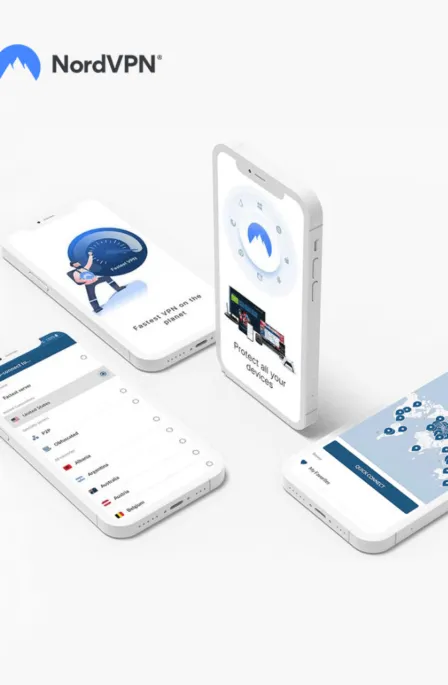PPTP stands for point-to-point tunneling protocol and is one of several methods to implement virtual private networks (VPN). PPTP uses a control channel rather than transmission control protocol (TCP) or generic routing encapsulation (GRE) tunnel essentials to encapsulate point-to-point (PPP) packets.
The security functionality relies on the PPP protocol, as the PPTP function does not encrypt or authenticate the necessary features to provide security. PPTP was the first protocol to be supported by dial-up networking by Microsoft. All Windows releases are now bundled with PPTP but limited to 2 concurrent outbound connections. Beginning with Windows Mobile 2003, PPTP is supported by various mobile devices.
PPTP is a popular network protocol and often the choice of many. It is especially popular with Windows and operates at Layer 2 of the OSI model. PPTP is best used for remote access applications. It works on the client-server model and is included in the Microsoft Windows default for Linux and Mac.
The PPTP is ideal for the small home office network system or logging onto the Internet through a public, unsecured Wi-Fi hotspot. Setting up PPTP is not tricky but it involves several steps. The setup is menu-driven and consists of a step-by-step guide.
One of the most significant advantages of using PPTP is that there is no requirement to use critical public infrastructure as the authentication protocol. Utilizing EAP authentication increases the security of PPTP virtual private networks, and there can never be enough security.
Many firewall applications and enterprise-level firewalls support PPTP VPNs. If the protocol is built into the Windows VPN platform, PPTP servers can be launched without installing client software. It has proven to be highly reliable even though it seems simplistic in design.
Share this article
About the Author
Rebecca James is an IT consultant with forward thinking approach toward developing IT infrastructures of SMEs. She writes to engage with individuals and raise awareness of digital security, privacy, and better IT infrastructure.
More from Rebecca JamesRelated Posts

What is VPN Split Tunneling and How Does it Work?
Split tunneling is a VPN feature for anyone accessing foreign networks while connecting to their LAN...

What is VPN Encryption? It’s Types and Algorithims
Encryption is a method for enhancing the security and privacy of sensitive data or information that ...

Why is Opera VPN Not Working? How to Fix Opera VPN?
KEY TAKEAWAYS Opera VPN is a proxy service, not an actual VPN. That’s why it doesn’t wor...

VPN vs. Firewall vs. Antivirus: Which One is Better?
KEY TAKEAWAYS VPN, Antivirus, and Firewall are the most important tools to protect your online priva...

A Guide to Choosing the Right VPN for Downloading
How to hide downloading files from ISP? From the very start of the hilarious popularity of P2P file-...

What is Port Forwarding and How Does it Work?
Port Forwarding is a technique for redirecting computer signals between the local network and the In...





